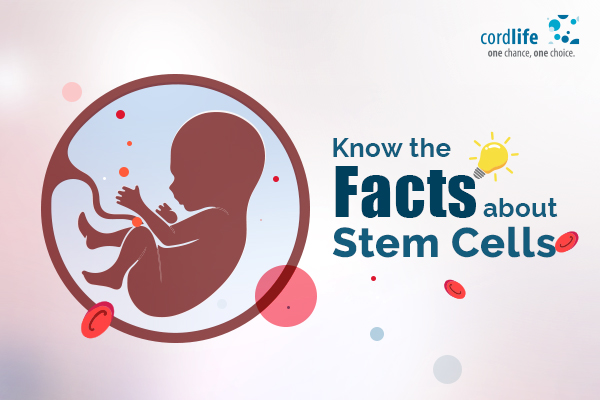Table of Contents
Finding the truth behind stem cell research can be a real challenge.
Well! The purpose of this article is to dispel common myths about stem cells.
Fiction 1: Almost All The Diseases Are Stem Cell Treatable
That’s a stem cell myth, actually. Stem cells do not have the magical powers to treat every disease, under the sun. While there are still many studies being conducted about stem cells’ long-term healing properties, there have been many studies proving positive outcomes. But there can never be a 100% guarantee of success. However, stem cell therapy is a viable treatment option for autoimmune diseases, chronic inflammation, and a variety of other ailments. Additionally, stem cells have the power to treat Cancer, Crohn’s Disease, Diabetes (Type 1), Heart Failure, Parkinson’s and Traumatic Brain Injury.
Fiction 2: Stem Cells May Be Unethically Sourced
May not be all the stem cells. As most of the stem cells are sourced from the bone marrow, adipose tissue and umbilical cord (cord blood). This controversy focuses on embryonic stem cells. As the facts about embryonic stem cells are, they are derived from the human embryo. That means these are stem cells that emerge from the fertilised human eggs, which are not more than 3 to 5 days old. Although these are pluripotent in nature, it has an ethical debate attached to it.
Fiction3: Cord Blood Stem Cells Are Ineffective
The fact is, researchers have seen many successful transplants or cellular therapies, across the world till date, with cord blood stem cells. The treatment of Fanconi Anaemia, is considered the first successful one. Since then, cord blood stem cells have proven to be successful in treating over 80 medical conditions – such as cancer, inherited metabolic disorders and deficiencies of the immune system. These stem cells are even being used to combat neurological defects like cerebral palsy, autism, and Alzheimer’s. During this cord blood stem cell-based therapy, the cord blood which is rich with haematopoietic stem cells have the potential to divide itself into different blood cells to repair and restore the damaged areas of the body.
Fiction 4: Stem Cell Therapy Is Risky
The only risk with stem cell therapy is the risk of the rejection of the recipient’s body from the donor, while matching the stem cells before transplantation. In fact, it ends up in giving complications like graft-vs-host diseases. Otherwise, when it comes to matching the stem cells before the therapy, it is important that there is a 60% match within the baby’s family and his or her siblings.
Fiction 5: Banking Stem Cells Can Be Unethical
Understanding the power of cord blood stem cells, many expectant parents plan to make this life-changing decision of cord blood banking, right after the baby’s birth. In fact, many cord blood banks believe that preserving stem cells in frozen state, for 21 to 75 years of a baby’s life, means the baby and his or her family can use the live stem cells even after two decades.
To Conclude
So, if you are an expecting parent, and know the stem cell facts pros and cons, taking an informed decision about stem cell banking will be easier of you.
